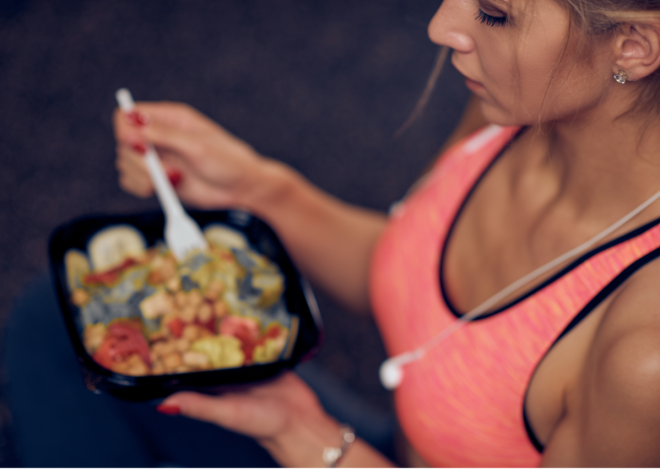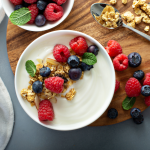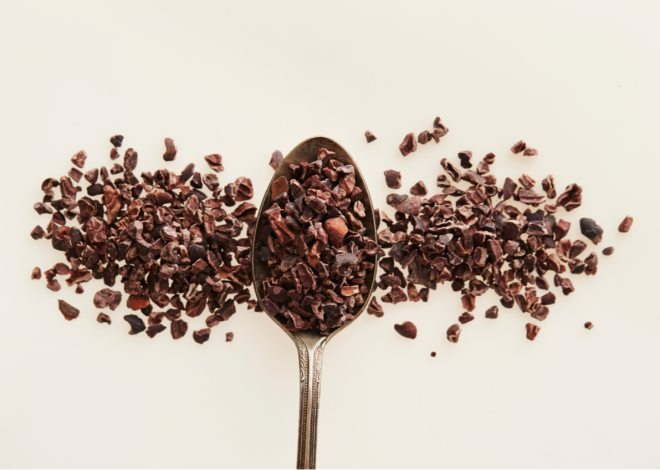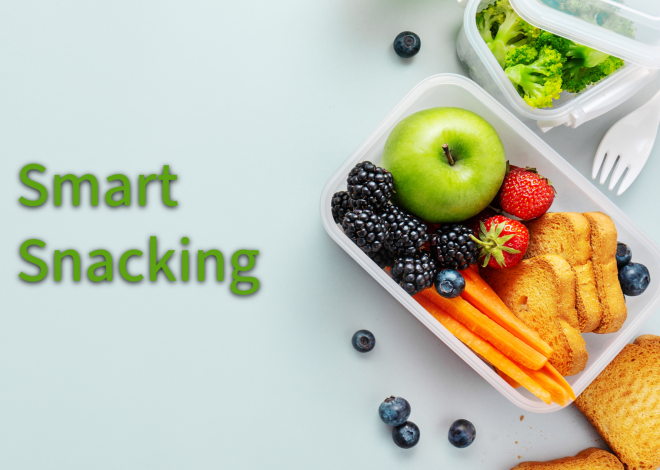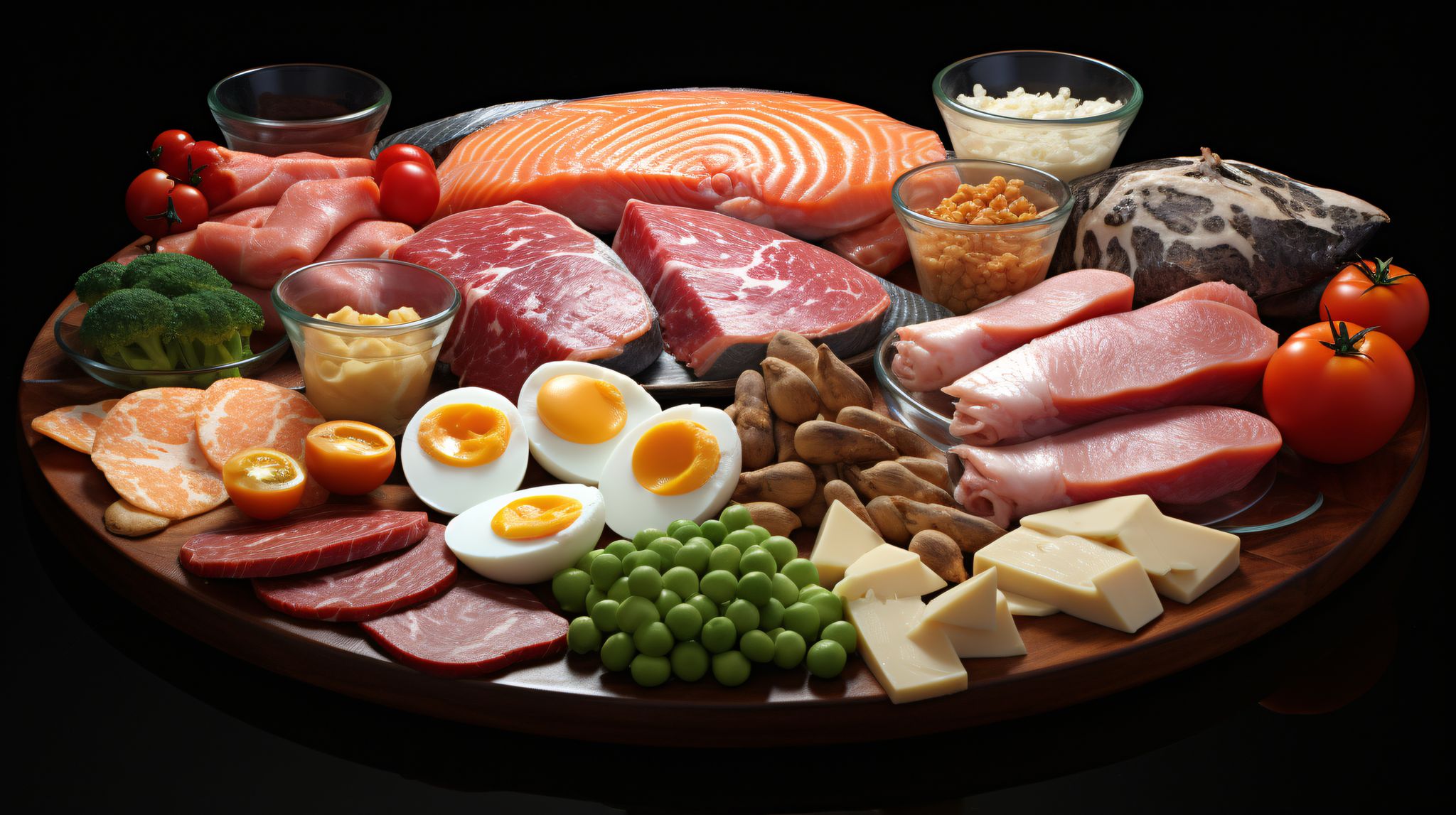
Daily Protein by Gender: How Much Do You Really Need?
Protein is more than just a buzzword in the fitness world—it’s a critical building block for your muscles, hormones, immune system, and overall health. But how much daily protein do you really need? Is it the same for men and women? Spoiler alert: not quite.
So, let’s break it down in a clear, exciting, and practical way. With the right daily protein strategy, you’ll fuel your body better and reach your goals faster.
Why Daily Protein Intake Matters for Everyone?
First and foremost, protein is essential for nearly every function in your body. It helps:
- Build and repair muscles
- Support healthy hair, skin, and nails
- Regulate hormones and enzymes
- Keep you full and energized throughout the day
In other words, whether you’re an athlete or simply aiming for better health, getting enough daily protein is absolutely crucial.
How Much Daily Protein Do You Really Need?
Understanding the Protein RDA
The RDA for protein is:
- 0.8 grams per kilogram (g/kg) of body weight
- That’s about 0.36 grams per pound (g/lb)
However, this amount is only the minimum needed to prevent deficiency. In reality, many people—especially those who are active—need significantly more to support muscle repair, energy, and metabolism.
Daily Protein Needs by Gender and Activity Level
For Women:
- Sedentary lifestyle: 46–50 grams per day
- Active or fitness-focused: 1.2–2.0 g/kg body weight
➡️ Example: ~70–100g daily for a 60–70 kg woman
For Men:
- Sedentary lifestyle: 56–60 grams per day
- Active or fitness-focused: 1.4–2.2 g/kg body weight
➡️ Example: ~100–150g daily for a 75–85 kg man
Clearly, daily protein requirements increase with physical activity, personal goals, and body composition. Therefore, adjusting your intake accordingly is key to optimal results.
When to Eat Your Daily Protein for Maximum Benefit
It’s not just about the amount—it’s also about timing.
- ➡️ Distribute your protein intake across all meals
- ➡️ Aim for 20–30 grams per meal, and include a post-workout protein snack
This way, your body stays in a consistent muscle-repair and growth mode throughout the day. Additionally, balanced distribution improves digestion and absorption.
Best Foods to Meet Your Daily Protein Goals
Top Animal-Based Protein Sources:
- Chicken breast
- Eggs
- Tuna
- Lean beef
- Cottage cheese
- Greek yogurt
Top Plant-Based Protein Sources:
- Lentils
- Chickpeas
- Quinoa
- Tofu
- Tempeh
- Nuts and seeds
Pro Tip: While protein shakes are convenient, they shouldn’t replace whole foods. After all, whole foods also provide fiber, essential vitamins, and minerals—making them a more complete choice for overall health.
Can Too Much Daily Protein Be Harmful?
It can be, but only in rare situations. For most healthy adults, up to 2.2 g/kg of body weight is considered safe and beneficial.
However, if you have kidney issues or other health conditions, extremely high protein intake could become problematic over time. Therefore, always consult a healthcare professional if you’re unsure about your ideal amount.
Final Thoughts: Prioritize Protein for a Stronger, Healthier You
Daily protein intake is about much more than building muscle—it’s about supporting energy, immunity, and total wellness.
When you get your protein intake right:
✅ You stay fuller longer
✅ You recover faster
💪 You maintain strength and vitality
So, whether you’re trying to build lean muscle or simply feel better in your skin, making daily protein a non-negotiable part of your nutrition strategy can help you thrive.
